The Occupational Health and Safety Administration (OSHA) and the Environmental Protection Agency (EPA) both implement requirements regarding the identification and management of asbestos-containing materials in facilities.
While OSHA (29 CFR 1926.1101) regulates commercial/industrial facilities and EPA (40 CFR 763) regulates schools, the goal of both agencies is the same: to minimize exposure of all building occupants to asbestos fibers.
Here are the six most common questions we receive about asbestos management:
1. WHAT HAPPENS DURING AN ASBESTOS INSPECTION?
The first step is to identify the types, locations, and amounts of asbestos materials in the facility. This is done by hiring a state-licensed asbestos inspector to conduct an inspection. These inspections are typically not a “demolition” style inspection and the inspector will most likely be discrete in the location where samples are taken. Since this is a non-demolition style inspection, any areas of walls, ceilings, or floors that are not accessible by panels, access holes, etc. are typically not inspected.
2. WHAT HAPPENS AFTER AN ASBESTOS INSPECTION?
Once the inspection is complete and results are received, a report is developed and given to the facility. If asbestos materials are identified, then an Operations and Maintenance (O&M) program is developed.
3. WHAT IS AN ASBESTOS OPERATIONS AND MAINTENANCE PROGRAM?
An O&M program is a plan that includes personnel training, outlines best work practices, and develops surveillance guidelines to maintain asbestos-containing materials in good condition within buildings. The program should also provide information for the facility contact person to help answer questions or concerns about asbestos materials.
4. IS ASBESTOS ABATEMENT PART OF AN O&M PROGRAM?
No. The O&M program is designed for facilities that may contain asbestos materials that can be managed in place and does not specify abatement procedures. Asbestos abatement is outside the scope of an O&M program.
5. HOW DO O&M PLANS DIFFER BETWEEN OSHA REGULATED FACILITIES AND EPA REGULATED FACILITIES?
The guidelines included in an O&M program for a facility regulated under OSHA can be adjusted to fit the needs of that specific facility. The EPA’s requirements for schools are more specific and must be implemented in each school facility as stated in the rule. There are certain timeframes for surveillance inspections, specific requirements for response actions, notification requirements, training requirements and a requirement for an O&M program. These requirements are detailed in the Management Plan that each facility is required to have and update regularly.
6. ARE THERE ANY OTHER REQUIREMENTS THAT ARE SCHOOL-SPECIFIC?
The EPA requires that two copies of the Management Plan be maintained for each school building. One copy should be located on-site at the building and another should be kept at an off-site location. The reasoning is that in case of natural disaster, fire, or the school copy is misplaced, that there is another complete up-to-date copy to reference.

